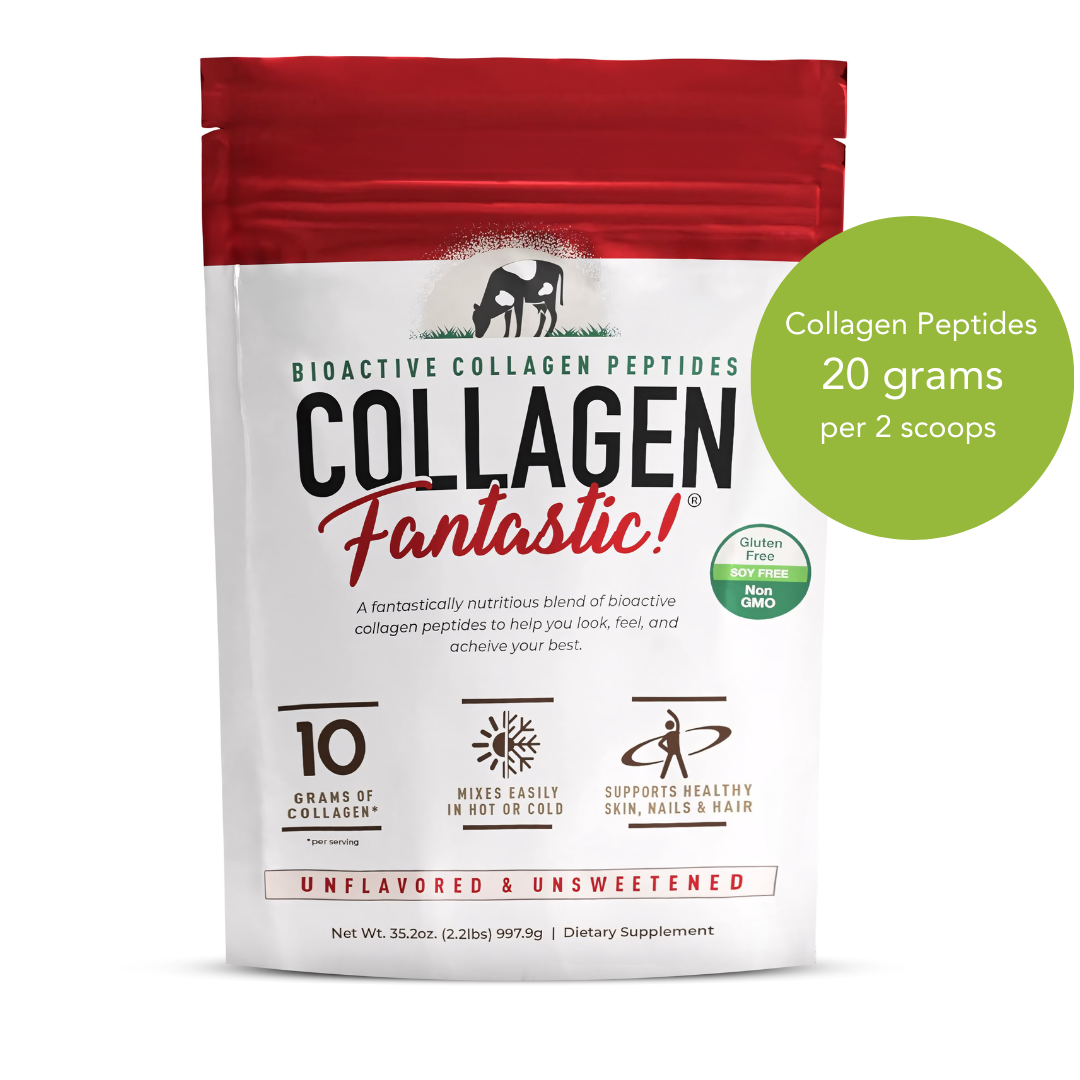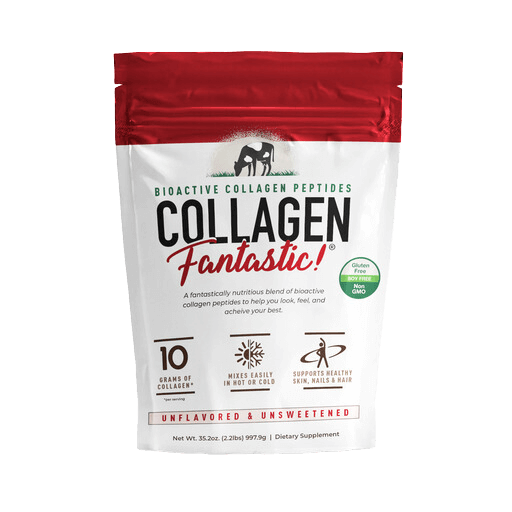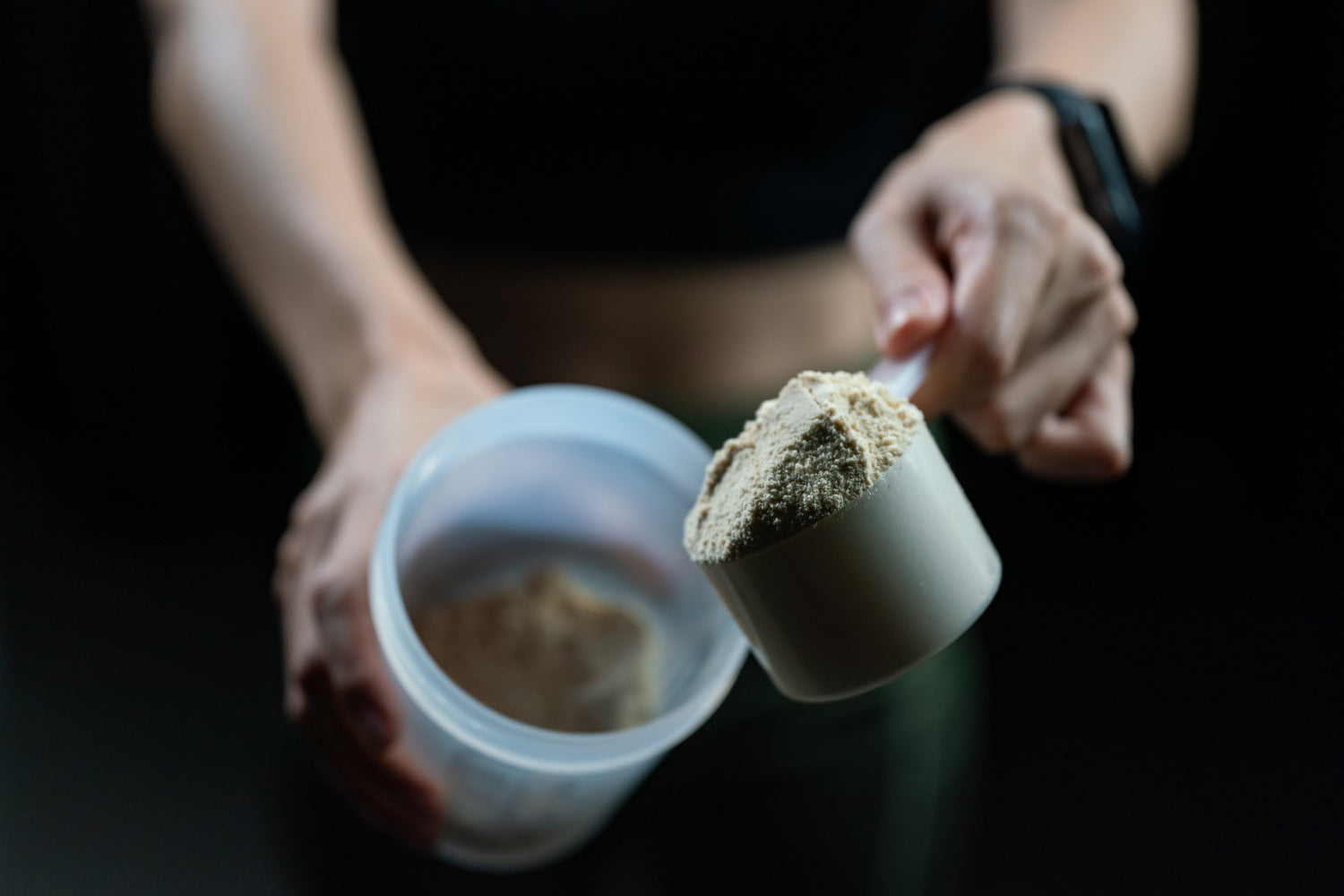Key Takeaways
-
Non-denatured whey retains its natural structure and bioactive compounds, offering superior benefits for muscle recovery, immunity, and overall health compared to denatured whey.
-
Understanding processing methods like cold-processing and gentle pasteurization is crucial for ensuring whey remains non-denatured and effective.
-
When selecting a non-denatured whey product, scrutinize labels for terms like “non-denatured,” “grass-fed,” and minimal ingredients to ensure you’re getting a high-quality, unadulterated protein source.
What is Whey Protein Is and Where It Comes From
Whey protein begins in a place you might not expect—the cheesemaking process. When milk separates, it produces two parts: curds (solid, used for cheese) and whey (liquid, historically discarded or fed to livestock). Today, we know that liquid whey is one of the richest sources of complete protein available, containing all nine essential amino acids and a wide range of beneficial compounds.
From there, whey can be filtered into different forms:
-
Whey Concentrate – ~70–80% protein, with fats and lactose included.
-
Whey Isolate – ~90%+ protein, filtered to remove most lactose and fats.
-
Hydrolyzed Whey – pre-digested for faster absorption, often processed more harshly.
But here’s the twist: not all whey is equal. The way it’s processed determines whether those beneficial structures survive intact—or get destroyed along the way.
The Science of Denaturation
To understand non-denatured whey, you need to understand denaturation. Proteins are complex molecules, folded like origami to perform specific tasks in your body. Heat, harsh pH changes, mechanical stress, or UV exposure can unravel this structure, reducing the protein’s bioactivity.
Denatured whey still contains amino acids, but much of its immune-supporting and recovery-boosting power is lost. It’s like playing a stripped-down version of your favorite game—you still get the basics, but you’re missing the hidden features that make it incredible.
What Makes Whey “Non-Denatured”?
Non-denatured whey is processed gently, usually with cold-filtration and mild pasteurization methods that protect delicate compounds like:
-
Immunoglobulins – antibodies that help support immune function.
-
Lactoferrin – a protein with antimicrobial and gut-health benefits.
-
Cysteine – a precursor to glutathione, your body’s master antioxidant.
-
BCAAs (branched-chain amino acids) – especially leucine, vital for muscle growth.
In short: non-denatured whey stays closer to nature, providing your body with not just protein grams, but functional nutrition.
Denatured vs Non-Denatured Whey
| Feature | Denatured Whey | Non-Denatured Whey |
|---|---|---|
| Processing | High heat, harsh methods | Cold filtration, gentle pasteurization |
| Bioactive Compounds | Many destroyed | Preserved |
| Amino Acid Profile | Still present, but less bioavailable | Highly bioavailable |
| Benefits | Basic protein support | Enhanced immunity, recovery, and gut health |
Get your Whey Fantastic risk-free today!
Bioavailability and Gut Health
One of the biggest advantages of non-denatured whey is its bioavailability—how efficiently your body can use the protein you consume. Because its natural structure is preserved, your body recognizes and absorbs it more effectively than denatured forms.
It also plays nicer with your gut. Non-denatured whey often supports digestive balance, thanks to immunoglobulins and lactoferrin. Instead of bloating or discomfort (common with lower-quality powders), it tends to digest smoothly and actually help fortify your microbiome.
How Processing Methods Preserve Native Structures
The magic of non-denatured whey lies in how it’s processed.
-
Cold-Processing: Minimizes exposure to heat, preserving fragile proteins.
-
Gentle Pasteurization: Safely eliminates harmful bacteria without overcooking the protein.
-
Microfiltration / Ultrafiltration: Removes lactose and fats while keeping bioactive fractions intact.
These methods are more expensive—but they’re what protect the whey’s full spectrum of benefits.
Debunking the “Raw Whey” Myth
If you’ve seen “raw whey” on a label, here’s the truth: there’s no such thing as truly raw whey protein powder. Whey has to be separated, filtered, and dried before it’s shelf-stable.
The real question isn’t raw vs. processed—it’s denatured vs. non-denatured. That’s the distinction that determines whether your protein powder is high-functioning fuel or just another tub of white powder with big promises.
Key Health and Performance Benefits
Here’s why non-denatured whey stands out:
-
Immunity Support – Thanks to preserved immunoglobulins and lactoferrin.
-
Glutathione Production – Boosts your body’s master antioxidant, reducing oxidative stress.
-
Muscle Recovery – Delivers leucine-rich BCAAs for faster, stronger repair.
-
Gut Health – Supports balance in your microbiota, reducing digestive discomfort.
-
Longevity Potential – By lowering inflammation and supporting detox, it may contribute to long-term health.
How to Read Labels and Spot the Real Deal
When you’re choosing a non-denatured whey, don’t just go by branding. Here’s what to look for:
-
✅ “Non-denatured” explicitly on the label
-
✅ “Cold-processed” or “microfiltration” methods listed
-
✅ “Grass-fed” or “100% pasture-raised” sourcing
-
✅ Minimal ingredients (no artificial fillers or chemical sweeteners)
-
✅ Transparency—brands that share lab testing or third-party certifications
If a company can’t tell you how their whey is processed, that’s a red flag.
Best Practices: Mixing, Storage, and Recipes
Non-denatured whey is delicate—handle it right to protect its benefits:
-
Mixing: Use cold or room-temp liquid, stir gently, and avoid high-speed blending.
-
Storage: Keep in a cool, dry, dark place; always seal tightly after use.
-
Recipes: Great in smoothies, overnight oats, or no-bake protein bites. If cooking, keep temps low (under 140°F) to prevent denaturing.
FAQs About Non-Denatured Whey
1. Can people with lactose intolerance use non-denatured whey?
Yes, especially in isolate form, which removes most lactose. Look for “low-lactose” or “lactose-free” on the label.
2. Is isolate or concentrate better for non-denatured whey?
Isolate is often better preserved with low-heat methods and is easier on digestion. Concentrate can also be non-denatured but contains more fats and lactose.
3. How much non-denatured whey should athletes take daily?
Most athletes thrive at 0.7–1 g of protein per pound of body weight per day. A 25–30 g serving post-workout is a strong baseline.
4. How does it compare to plant-based proteins?
Non-denatured whey is faster-digesting, more bioavailable, and richer in leucine than most plant proteins, making it ideal for recovery.
5. Can I cook or bake with non-denatured whey?
Gentle heating (like stirring into warm oatmeal) is fine, but baking at high temps can degrade bioactive compounds. Best used in shakes or cold recipes.
6. How long does an opened container stay good?
Stored properly, it retains benefits for 12–18 months. Keep sealed in a cool, dry spot, away from heat and light.
Conclusion: Choose Quality with Non-Denatured Whey
At Fantastic Nutrition, Inc., we’re committed to delivering the cleanest, most effective non-denatured whey protein you can find. Our products are:
-
Non-GMO, gluten-free, and soy-free
-
Processed with low-heat, cold-filtration methods
-
Sourced from grass-fed cows
-
Backed by third-party testing and a 100% satisfaction guarantee
When you choose non-denatured whey, you’re not just getting protein—you’re getting fuel that supports recovery, immunity, gut health, and long-term vitality.
👉 Ready to upgrade your nutrition? Shop our non-denatured whey today and Live Fantastic with Fantastic Nutrition, Inc.!












